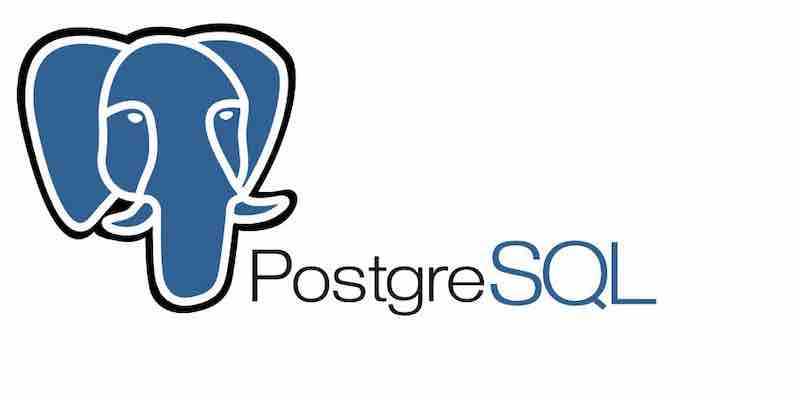Cloudflare Hyperdrive: Enhancing Global Access to PostgreSQL Databases

During Cloudflare’s “Birthday Week 2023”, the company unveiled the open beta of Hyperdrive. This new service leverages Cloudflare’s global network to accelerate queries to existing databases. Currently, Hyperdrive supports PostgreSQL-compatible databases, and there are plans to extend this support to MySQL shortly.
Hyperdrive’s primary goal is to speed up data access from any location worldwide. It achieves this by caching the most frequently used database queries, which boosts the performance of full-stack applications and reduces the load and associated costs on the database. Another notable feature of Hyperdrive is its ability to pool database connections for Workers. This minimizes latency that arises from constantly setting up new database connections.
Matt Silverlock and Alex Robinson from Cloudflare highlighted the challenges of connecting to traditional databases in distributed cloud environments. They pointed out that such connections can be slow due to multiple round-trips required for connection establishment. Moreover, databases like PostgreSQL can be resource-intensive per connection.
Hyperdrive is compatible with a broad spectrum of popular database providers, including those on AWS, Google Cloud, Neon, and Timescale. It also supports Postgres-compatible databases such as CockroachDB. By the end of the year, support for MySQL, including its community edition and providers like PlanetScale, is anticipated.
With Hyperdrive, developers can continue using their existing tools, such as drivers, query builders, and ORM libraries. Cloudflare has collaborated with maintainers of popular open-source drivers to ensure compatibility with Worker’s new TCP socket API.
Cloudflare has provided a demo application to showcase the performance and features of Hyperdrive. The company has also announced that Hyperdrive’s connection pooling will remain accessible for all supported database protocols. Pricing details for query caching and analytics will be disclosed as the service nears its general availability, expected in early 2024.
Reference to the original article
Database Caching Mechanisms:
The introduction of caching mechanisms for popular database queries, as seen with services like Hyperdrive, can significantly transform the landscape of database management and query optimization in several ways:
- Enhanced Performance: Caching frequently accessed queries can drastically reduce the time to fetch data, leading to faster application response times.
- Reduced Database Load: By serving data from the cache instead of repeatedly querying the database, there’s a substantial reduction in the operational load on the database. This can prolong the life of the database hardware and reduce maintenance costs.
- Cost Efficiency: Less frequent querying can reduce costs, especially in cloud environments where pricing is often based on the number of queries or the amount of computational power used.
- Improved User Experience: Faster data retrieval times can lead to a smoother user experience, especially in data-intensive applications.
- Dynamic Query Optimization: With the ability to monitor which queries are being cached, database administrators can gain insights into which data is accessed most frequently. This can guide optimization strategies and schema design.
Database Connection Pooling:
Hyperdrive’s capability to pool database connections for Workers can have a profound impact on the efficiency and performance of cloud-based applications:
- Reduced Latency: Connection pooling minimizes the latency of establishing new database connections, leading to faster data access.
- Resource Efficiency: Maintaining persistent connections reduces the overhead of repeatedly establishing and tearing down connections, leading to more efficient use of server resources.
- Higher Scalability: Connection pooling can allow applications to handle a more significant number of simultaneous users without degrading performance.
- Stability: Reusing existing connections lowers the chance of connection errors, leading to more stable application performance.
- Cost Benefits: P pooling can lead to cost savings in cloud environments where pricing might be based on the number of connections established.
Future of Database Access:
As cloud services and technologies continue to evolve, several innovations can be anticipated in the realm of database access:
- Serverless Databases: Just as serverless functions have revolutionized application development, serverless databases might become more prevalent, offering scalable database solutions without the need to manage the underlying infrastructure.
- AI-Driven Optimization: Machine learning algorithms could predict query patterns and pre-fetch data, enhancing performance.
- Enhanced Security Protocols: With the increasing emphasis on data security, we can expect more advanced encryption and access control mechanisms integrated directly into database services.
- Cross-Platform Integration: Databases might offer better integrations with different cloud platforms and services, allowing for more seamless data flow across diverse cloud ecosystems.
- Real-time Data Access: As applications demand more real-time interactions, databases might evolve to offer even faster data access capabilities, possibly integrating with edge computing solutions to bring data closer to the end-user.
The future of database access in the cloud promises to be dynamic, with continuous innovations aimed at enhancing performance, security, and scalability.